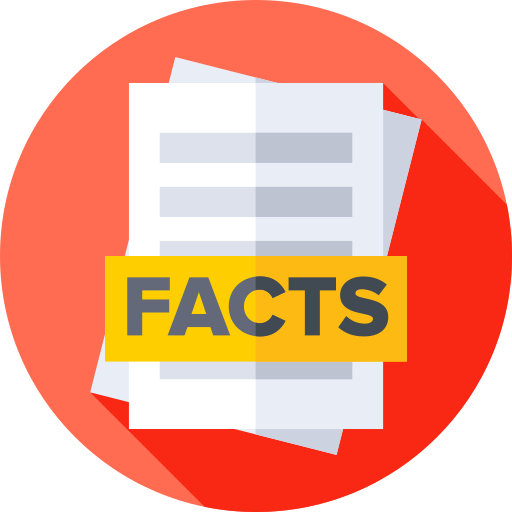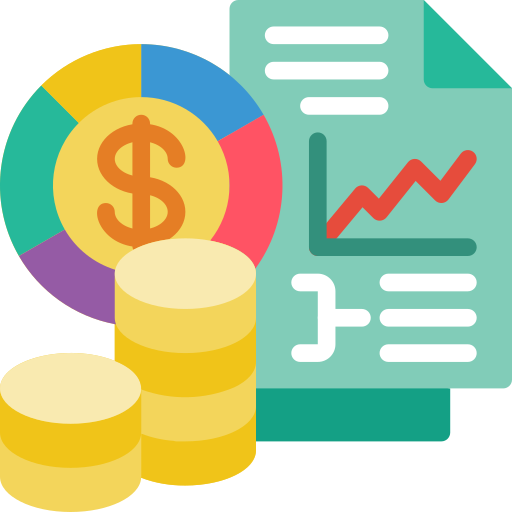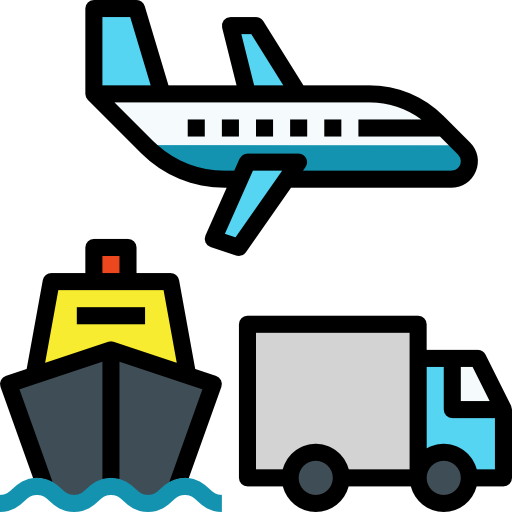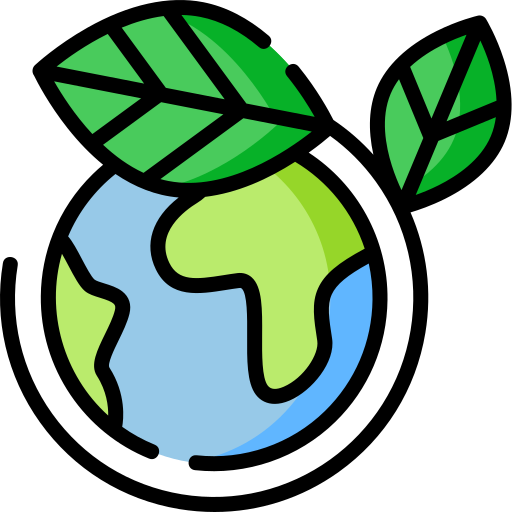Latvia - Economy
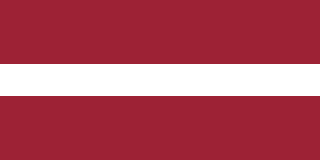
How is the economy of Latvia? Based on the information we have, Latvia has a
high-income EU and eurozone member; weak recovery following economic contraction, with slight increase in private consumption and uncertain trade environment; challenges from skilled-labor shortages, capital market access, large informal sector, and green and digital transitions
. Key agricultural products in this country include: wheat, milk, rapeseed, barley, oats, potatoes, rye, beans, peas, chicken (2023).More about the economy of Latvia
| Labor force | 954,900 (2024 est.) |
|---|---|
| Industrial production growth rate | -4% (2024 est.) |
| Industries | processed foods, processed wood products, textiles, processed metals, pharmaceuticals, railroad cars, synthetic fibers, electronics |
| Population below poverty line | 22.5% (2022 est.) |
| Taxes and other revenues | 16.7% (of GDP) (2023 est.) |
| Fiscal year | |
| Exchange rates | |
| Currency | euros (EUR) per US dollar - |
| Exchange rates 2024 | 0.924 (2024 est.) |
| Exchange rates 2023 | 0.925 (2023 est.) |
| Exchange rates 2022 | 0.95 (2022 est.) |
| Exchange rates 2021 | 0.845 (2021 est.) |
| Exchange rates 2020 | 0.876 (2020 est.) |
| Reserves of foreign exchange and gold | |
| Reserves of foreign exchange and gold 2024 | $5.141 billion (2024 est.) |
| Reserves of foreign exchange and gold 2023 | $4.957 billion (2023 est.) |
| Reserves of foreign exchange and gold 2022 | $4.46 billion (2022 est.) |
| Current account balance | |
| Current account balance 2024 | -$923.266 million (2024 est.) |
| Current account balance 2023 | -$1.663 billion (2023 est.) |
| Current account balance 2022 | -$2.082 billion (2022 est.) |
| Public debt | |
| Public debt 2017 | 36.3% of GDP (2017 est.) |
| Budget | |
| Revenues | $14.58 billion (2023 est.) |
| Expenditures | $15.432 billion (2023 est.) |
| Budget surplus (+) or deficit (-) | |
| Remittances | |
| Remittances 2024 | 3.1% of GDP (2024 est.) |
| Remittances 2023 | 2.9% of GDP (2023 est.) |
| Remittances 2022 | 3.4% of GDP (2022 est.) |
| Household income | |
| Lowest 10% | 2.6% (2022 est.) |
| Highest 10% | 25.8% (2022 est.) |
| Average household expenditures | |
| On food | 19.6% of household expenditures (2023 est.) |
| On alcohol and tobacco | 7.1% of household expenditures (2023 est.) |
| Imports | |
| Imports 2024 | $29.234 billion (2024 est.) |
| Imports 2023 | $29.875 billion (2023 est.) |
| Imports 2022 | $31.206 billion (2022 est.) |
| Imports (partners) | Lithuania 18%, Germany 11%, Poland 10%, Estonia 8%, Finland 5% (2023) |
| Comodities Imports force | refined petroleum, cars, packaged medicine, broadcasting equipment, natural gas (2023) |
| Exports | |
| Imports 2024 | $29.234 billion (2024 est.) |
| Imports 2023 | $29.875 billion (2023 est.) |
| Imports 2022 | $31.206 billion (2022 est.) |
| Exports (partners) | Lithuania 19%, Estonia 6%, Russia 6%, Germany 6%, Sweden 5% (2023) |
| Comodities Exports force | wood, wheat, broadcasting equipment, packaged medicine, natural gas (2023) |
| Real GDP (purchasing power parity) | |
| Real GDP (purchasing power parity) 2024 | $72.516 billion (2024 est.) |
| Real GDP (purchasing power parity) 2023 | $72.838 billion (2023 est.) |
| Real GDP (purchasing power parity) 2022 | $70.817 billion (2022 est.) |
| GDP (official exchange rate) | $43.521 billion (2024 est.) |
| Real GDP Per capita | |
| Real GDP per capita 2024 | $38,900 (2024 est.) |
| Real GDP per capita 2023 | $38,800 (2023 est.) |
| Real GDP per capita 2022 | $37,700 (2022 est.) |
| GDP - composition, by sector of origin | |
| Agriculture | 4.1% (2024 est.) |
| Industry | 19.9% (2024 est.) |
| Services | 63.1% (2024 est.) |
| GDP - composition, by end use | |
| Household consumption | 62.7% (2023 est.) |
| Government consumption | 20.2% (2023 est.) |
| Investment in fixed capital | 24.7% (2023 est.) |
| Investment in inventories | -0.1% (2023 est.) |
| Exports of goods and services | 66.5% (2023 est.) |
| Imports of goods and services | -70.2% (2023 est.) |
| Unemployment rate | |
| Unemployment rate 2024 | 6.8% (2024 est.) |
| Unemployment rate 2023 | 6.5% (2023 est.) |
| Unemployment rate 2022 | 6.9% (2022 est.) |
| Youth unemployment rate (ages 15-24) | |
| Total | 12.5% (2024 est.) |
| Male | 13% (2024 est.) |
| Female | 11.9% (2024 est.) |
All Important Facts about Latvia
Want to know more about Latvia? Check all different factbooks for Latvia below.
